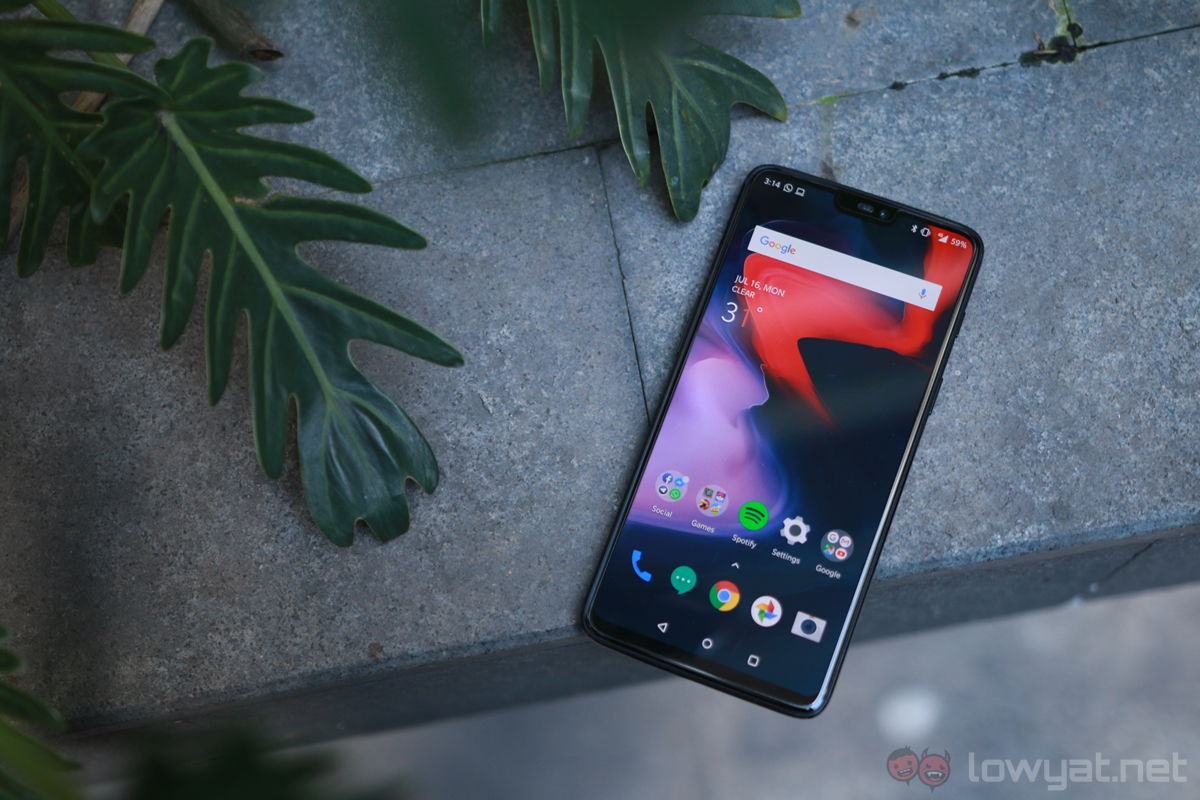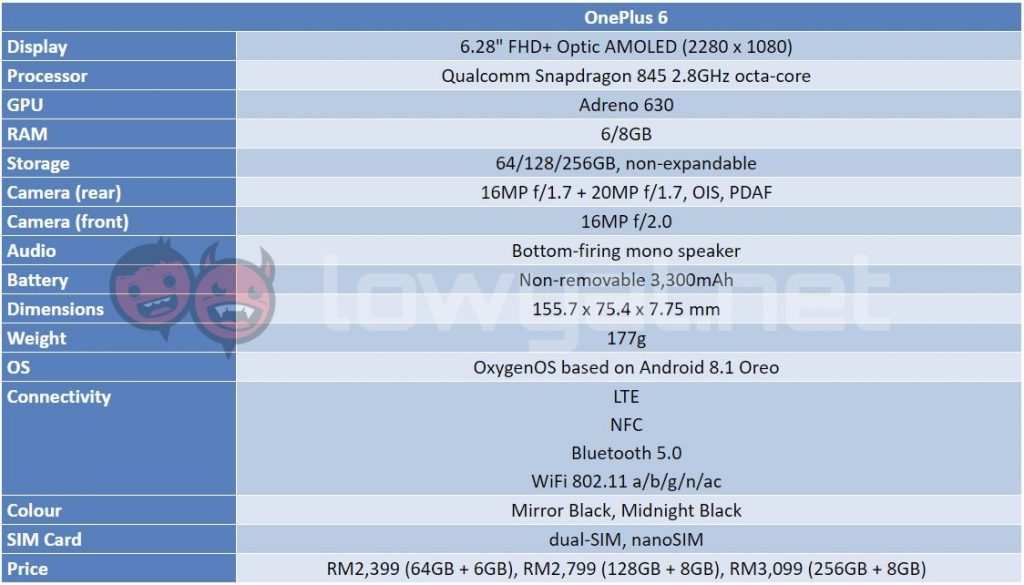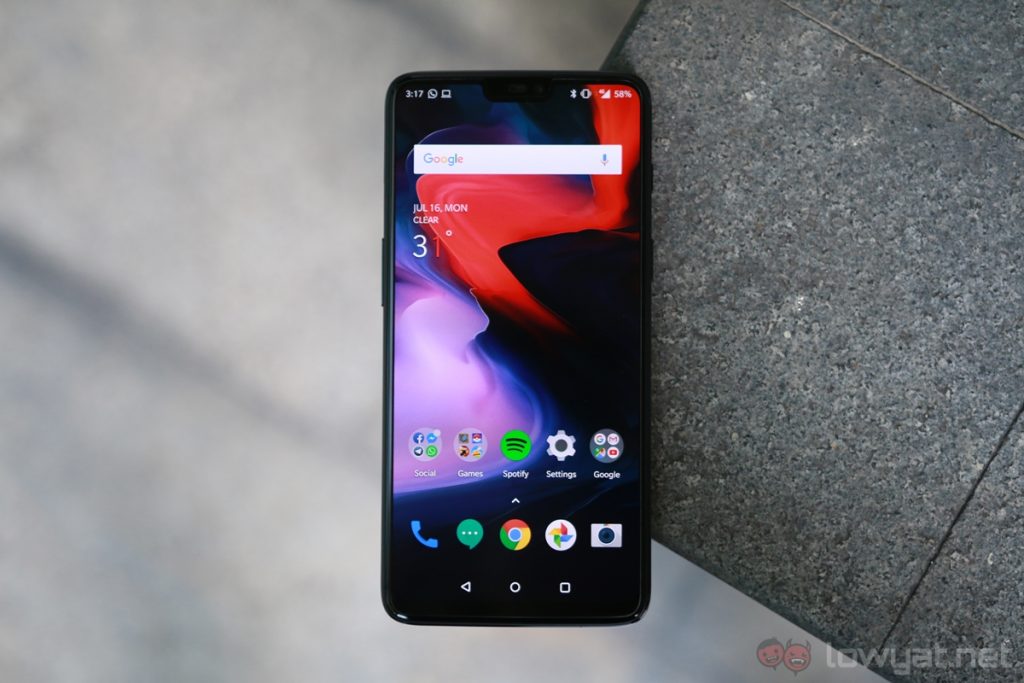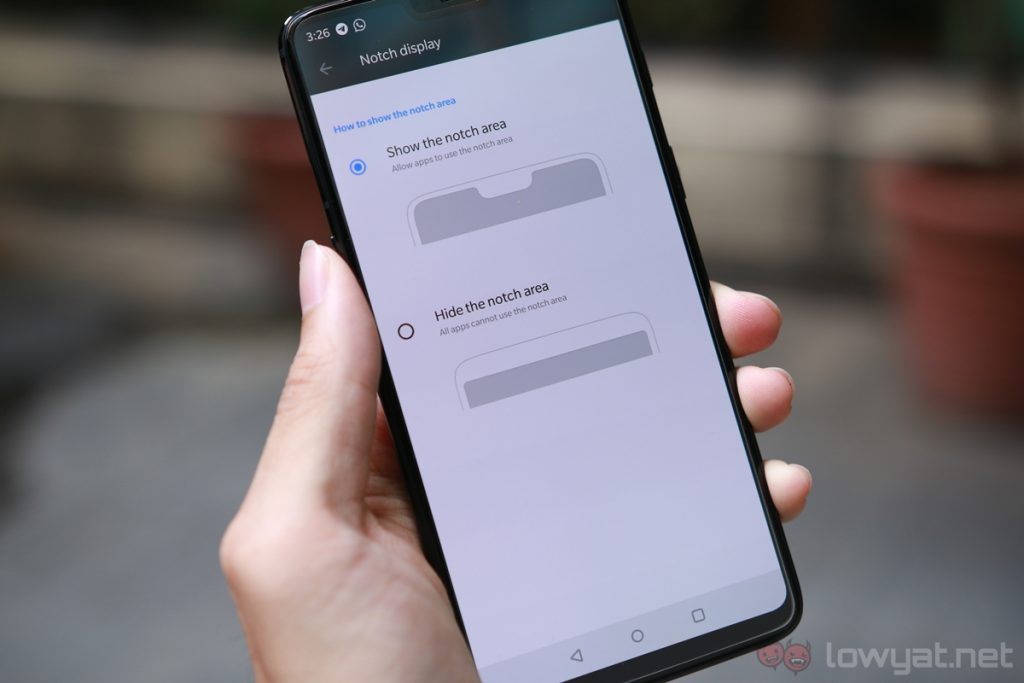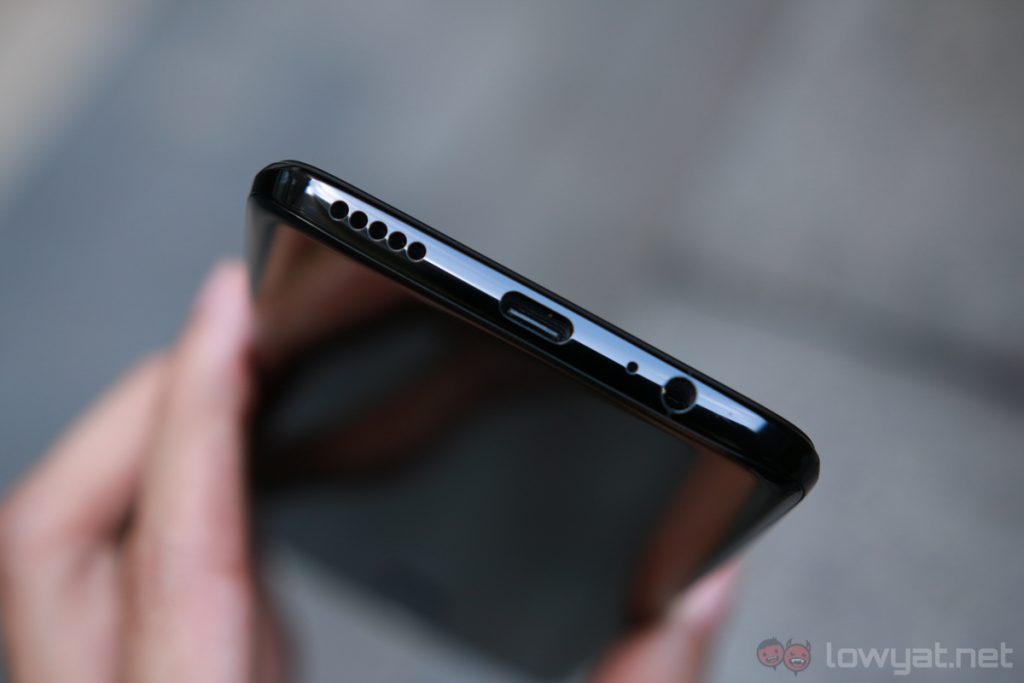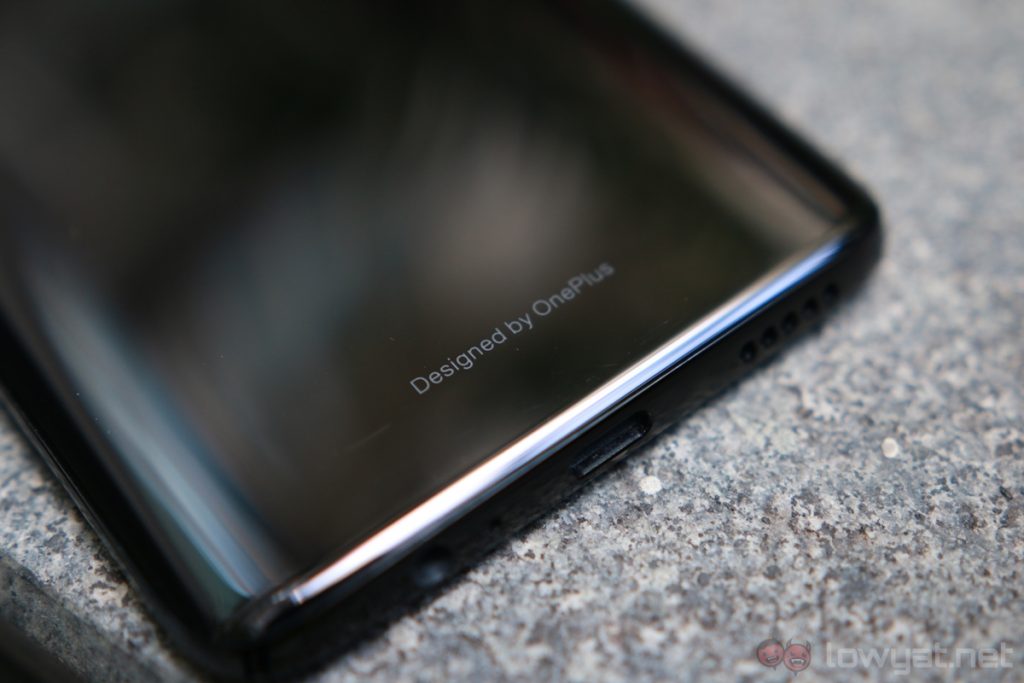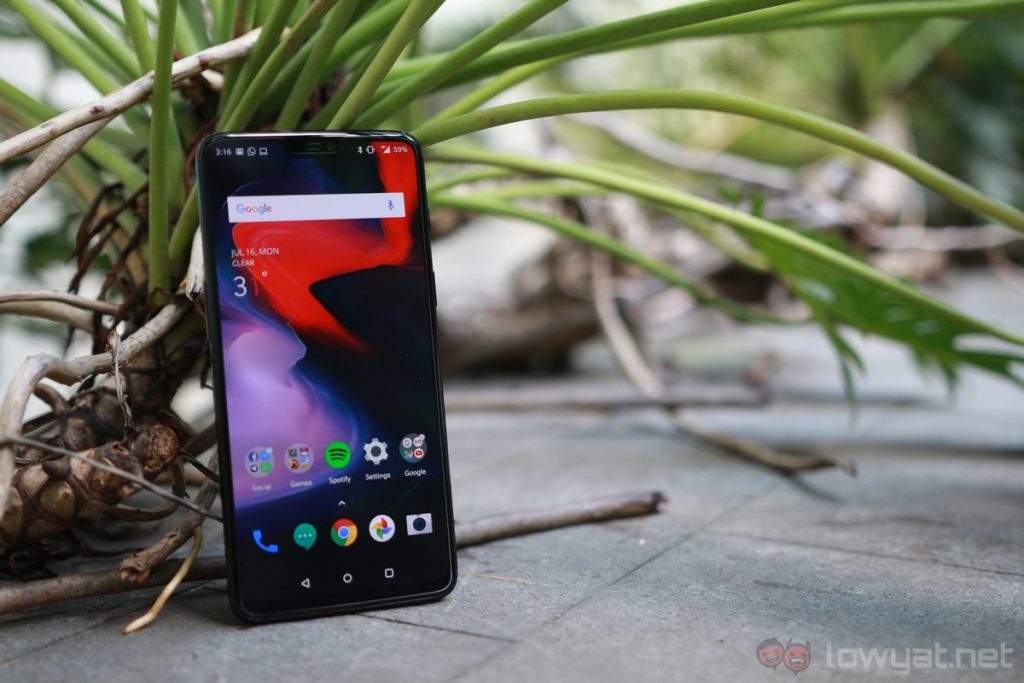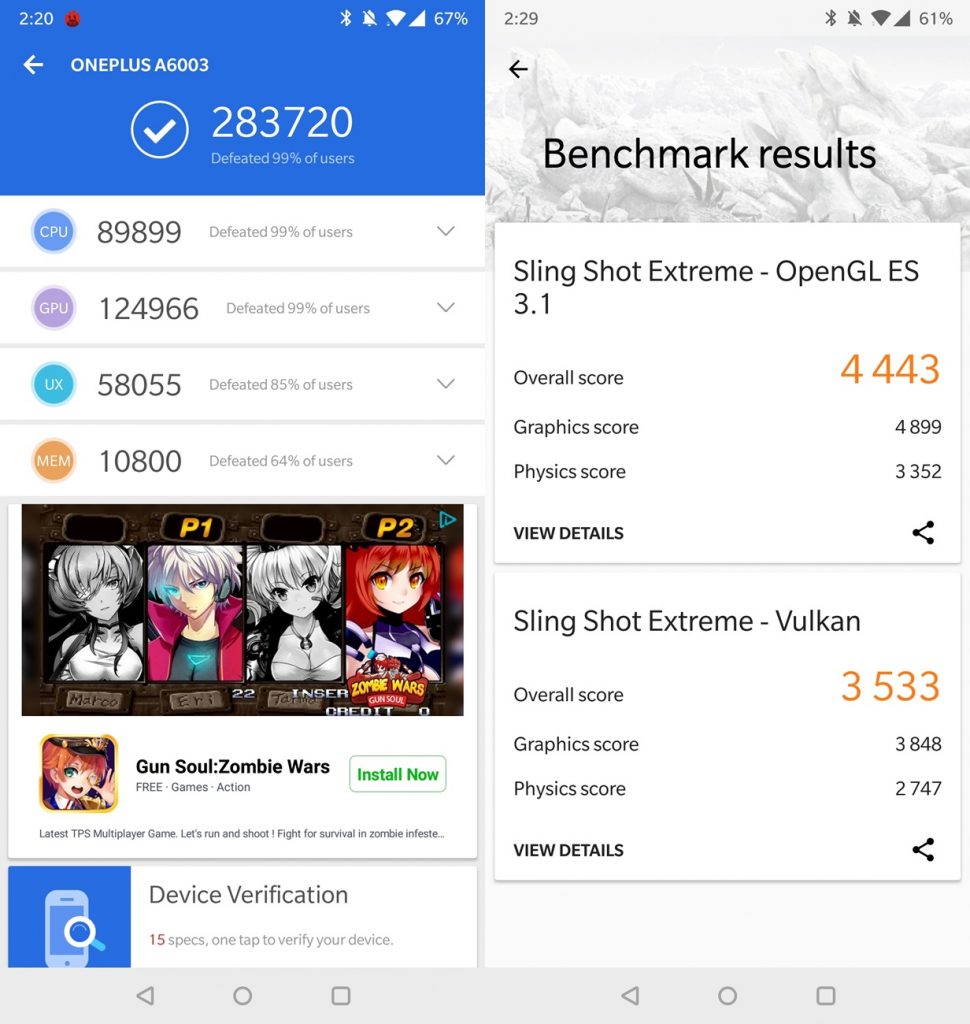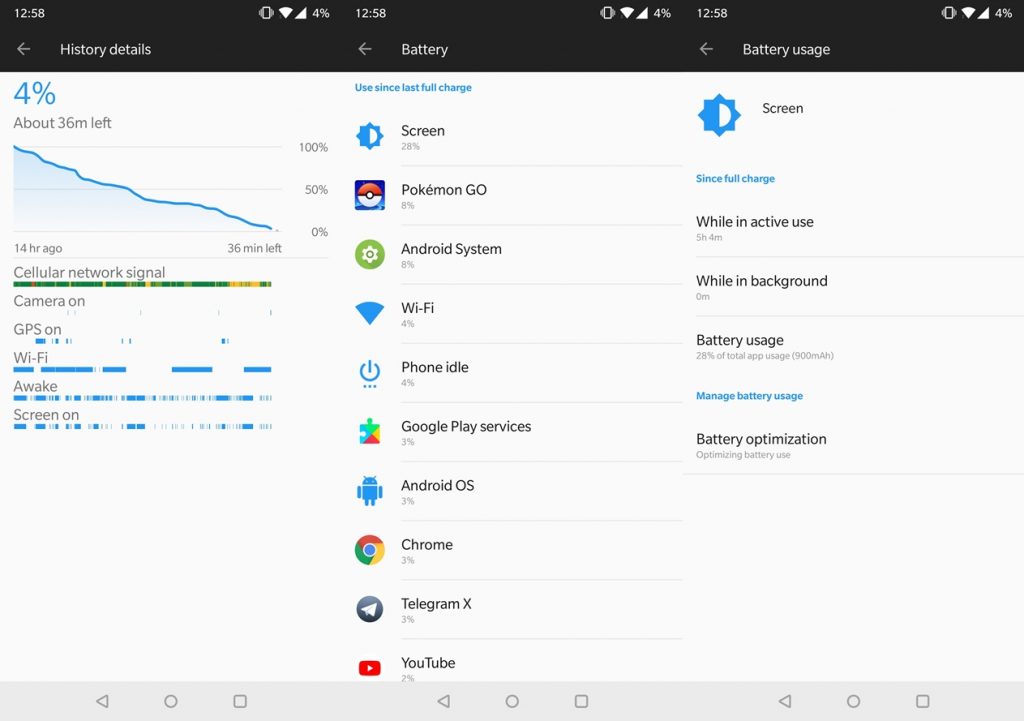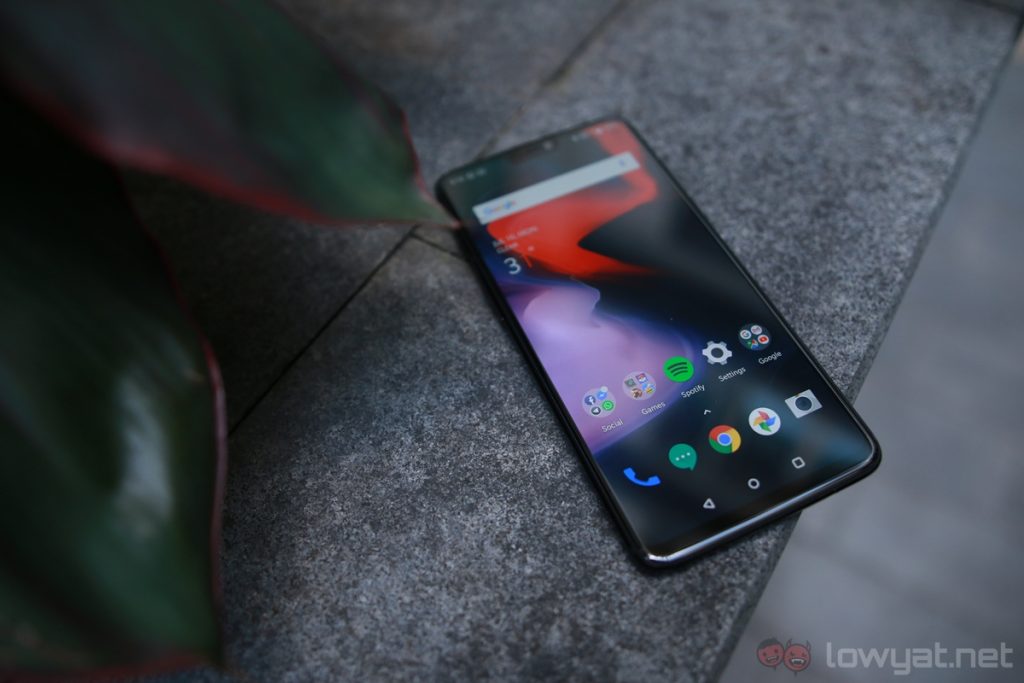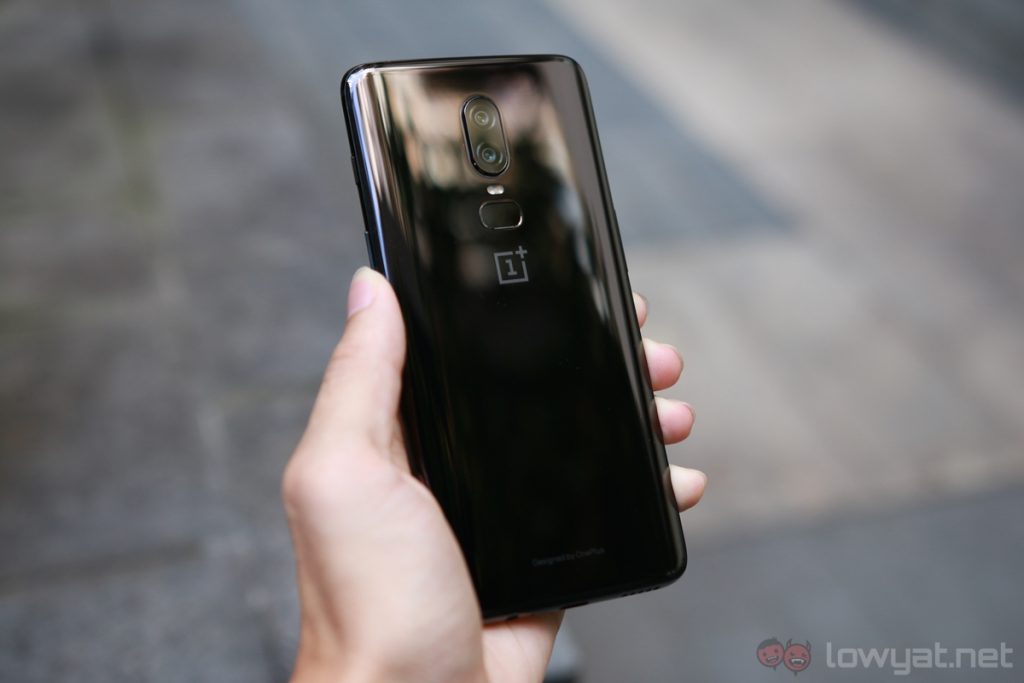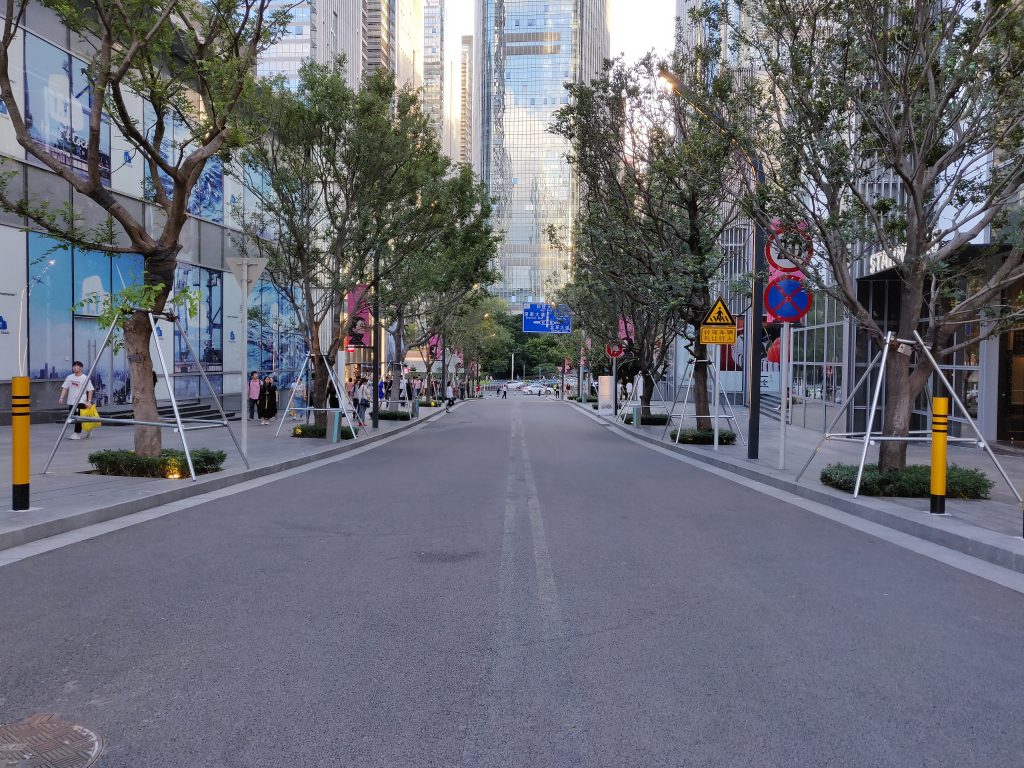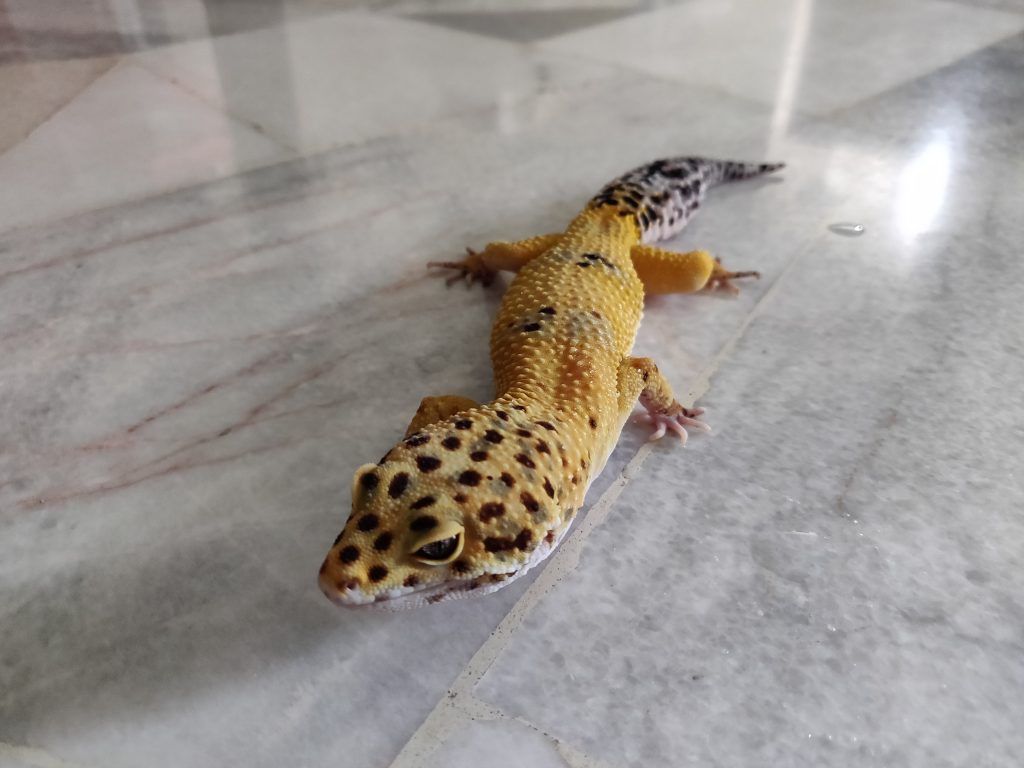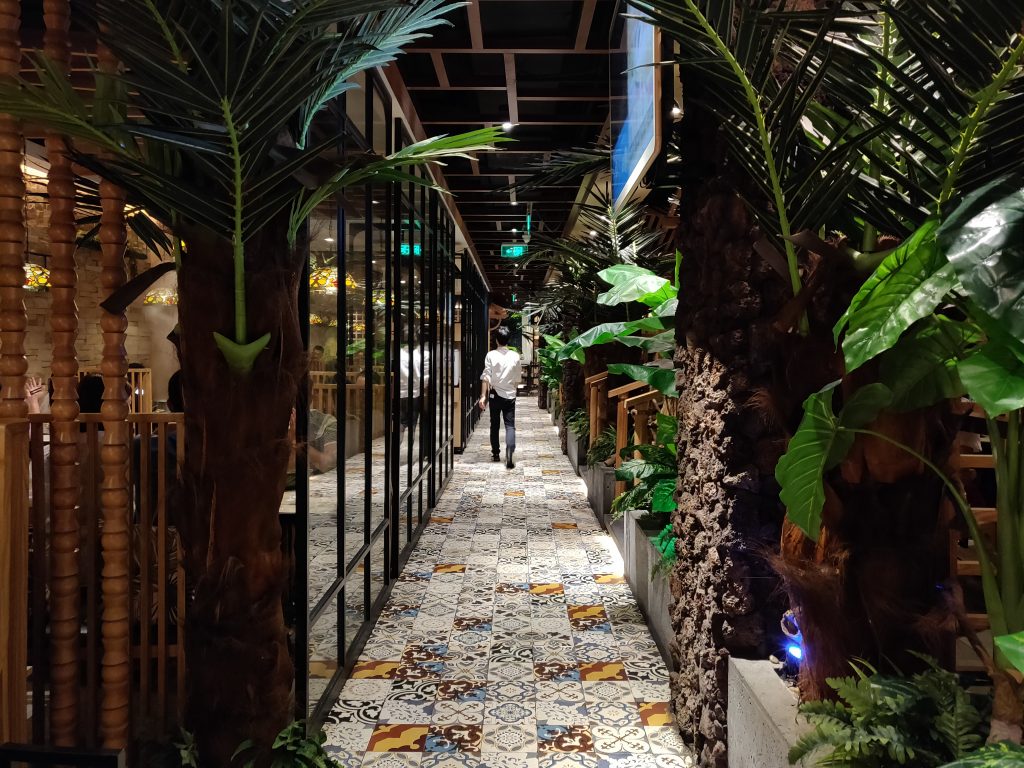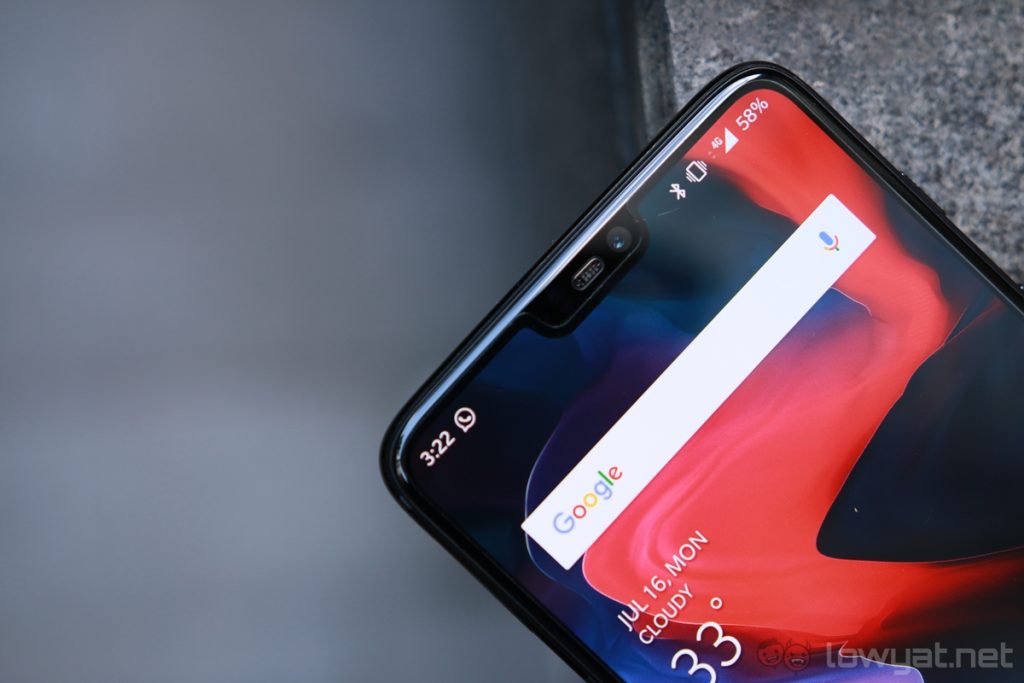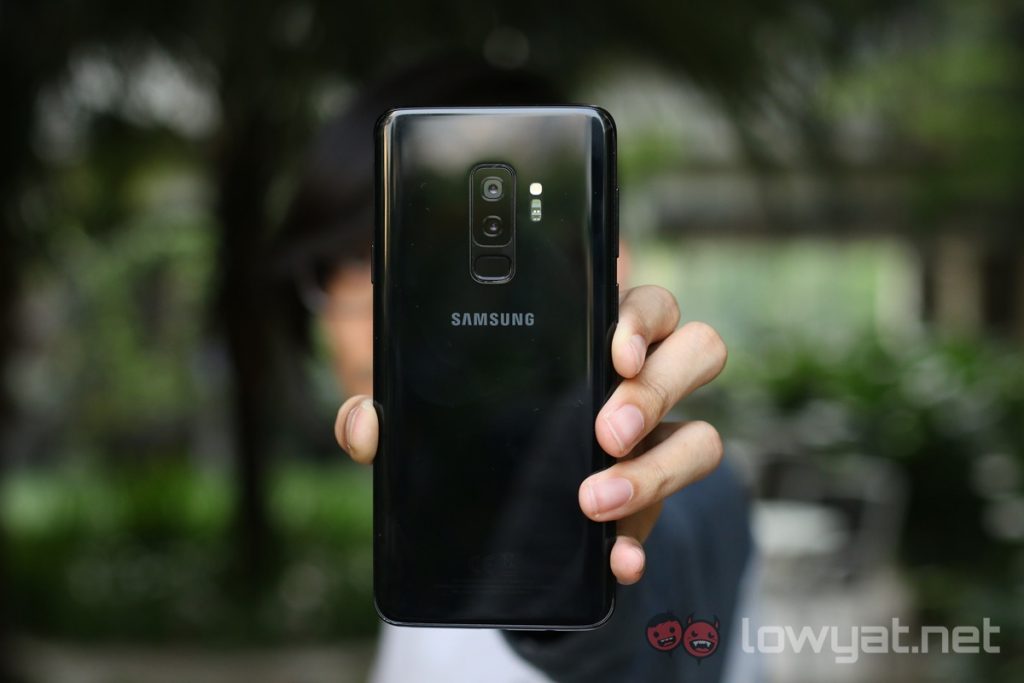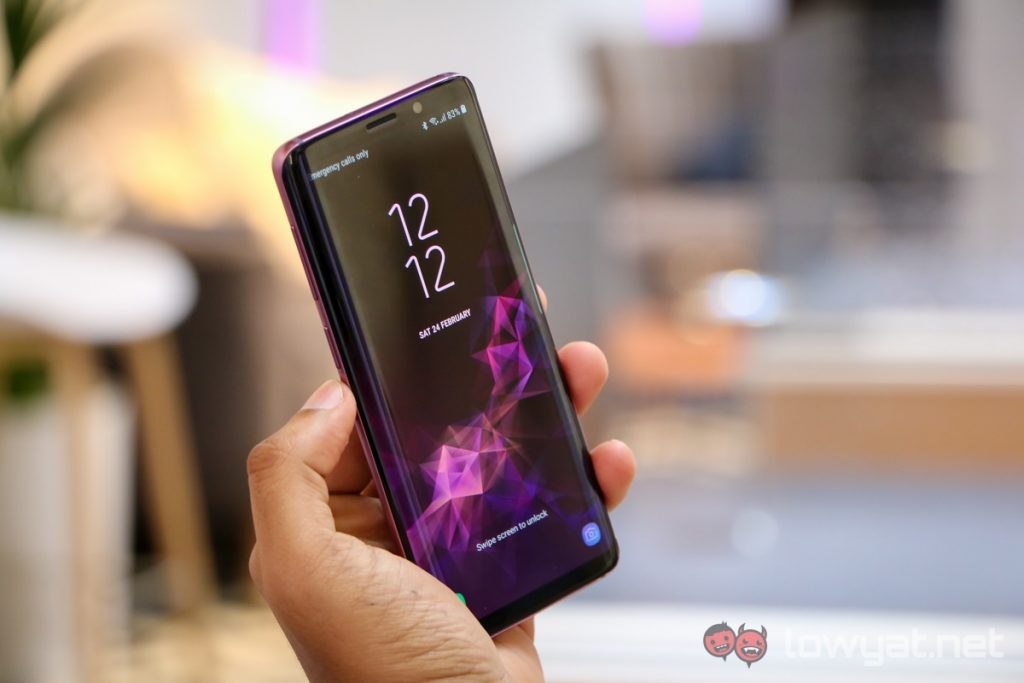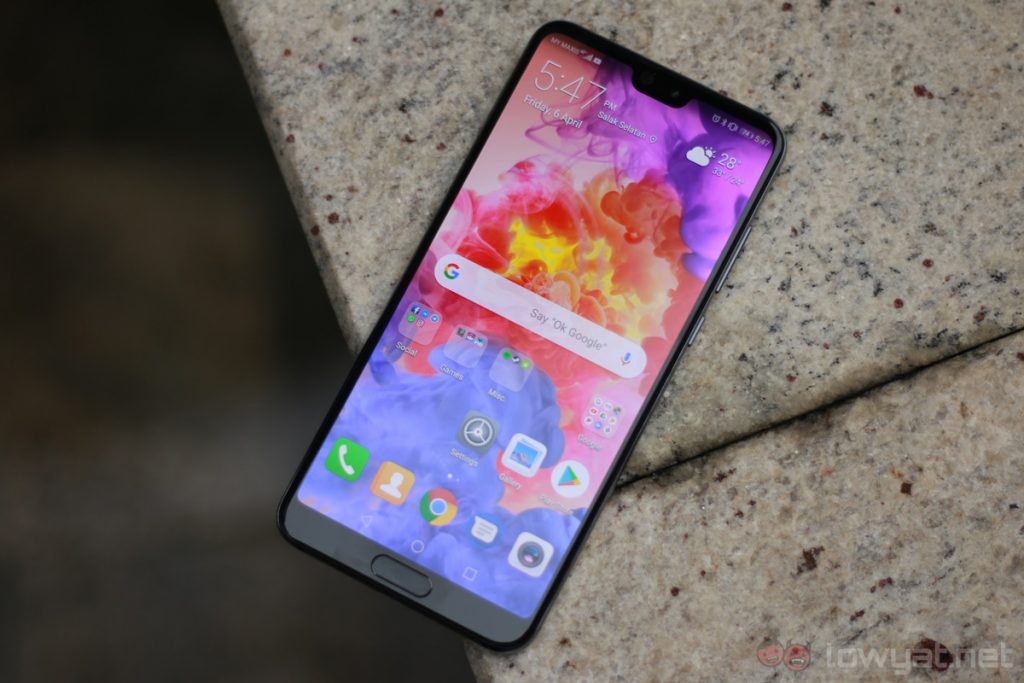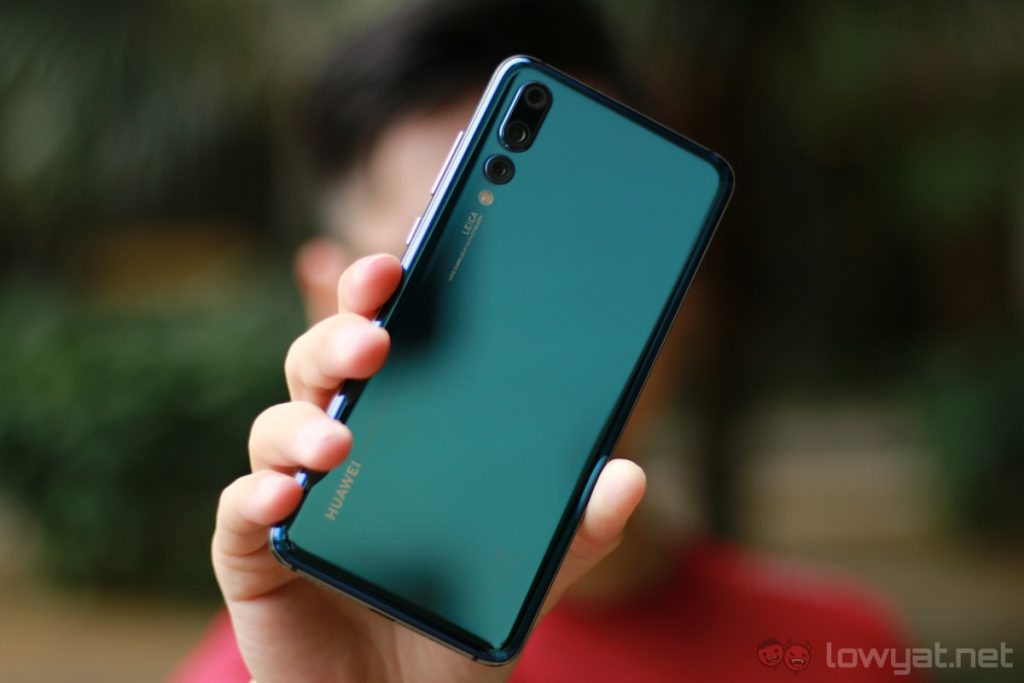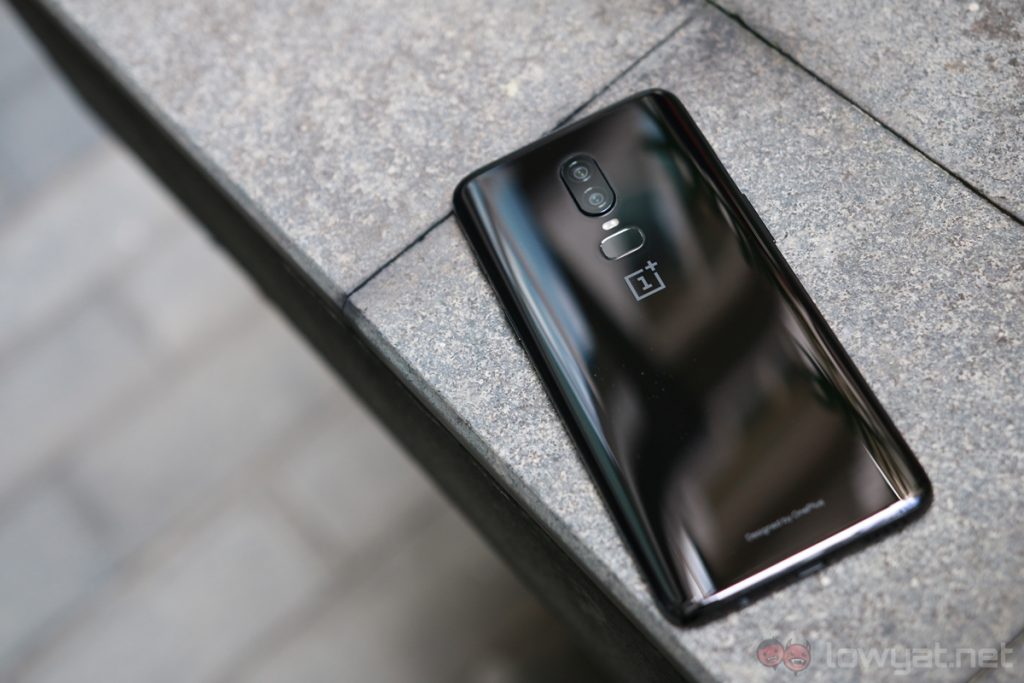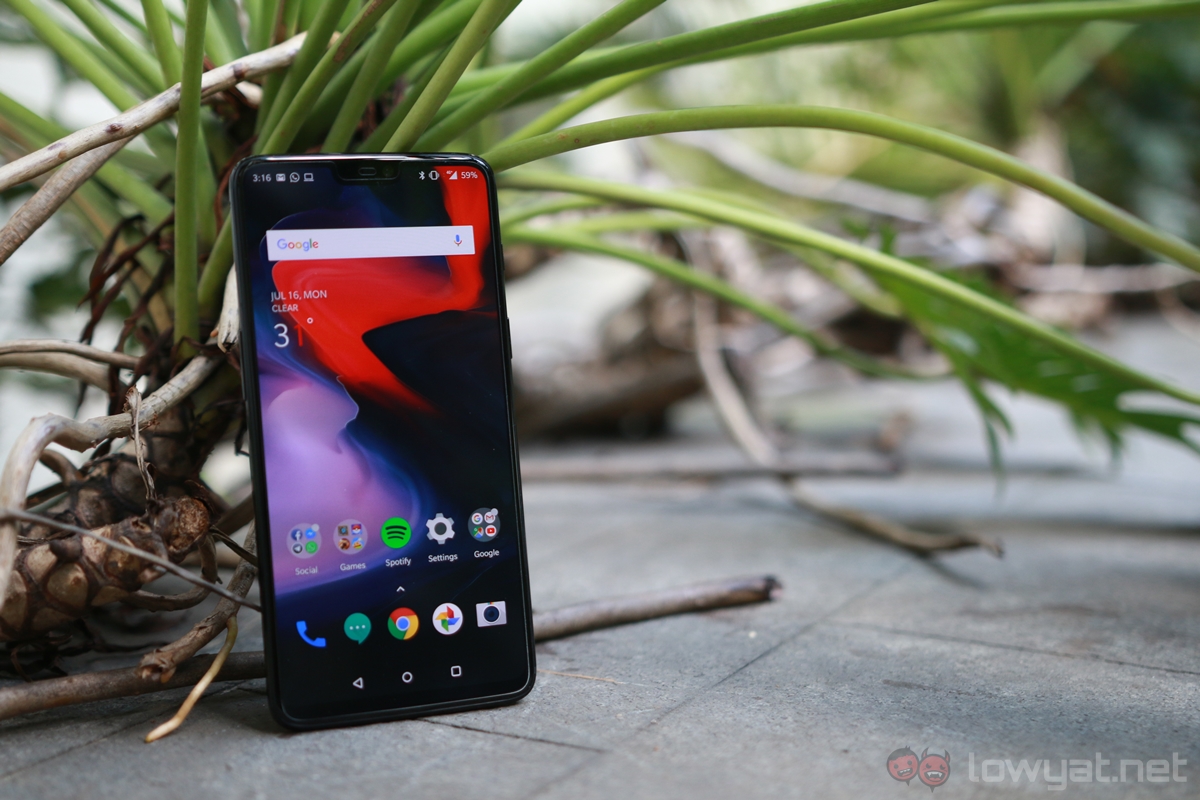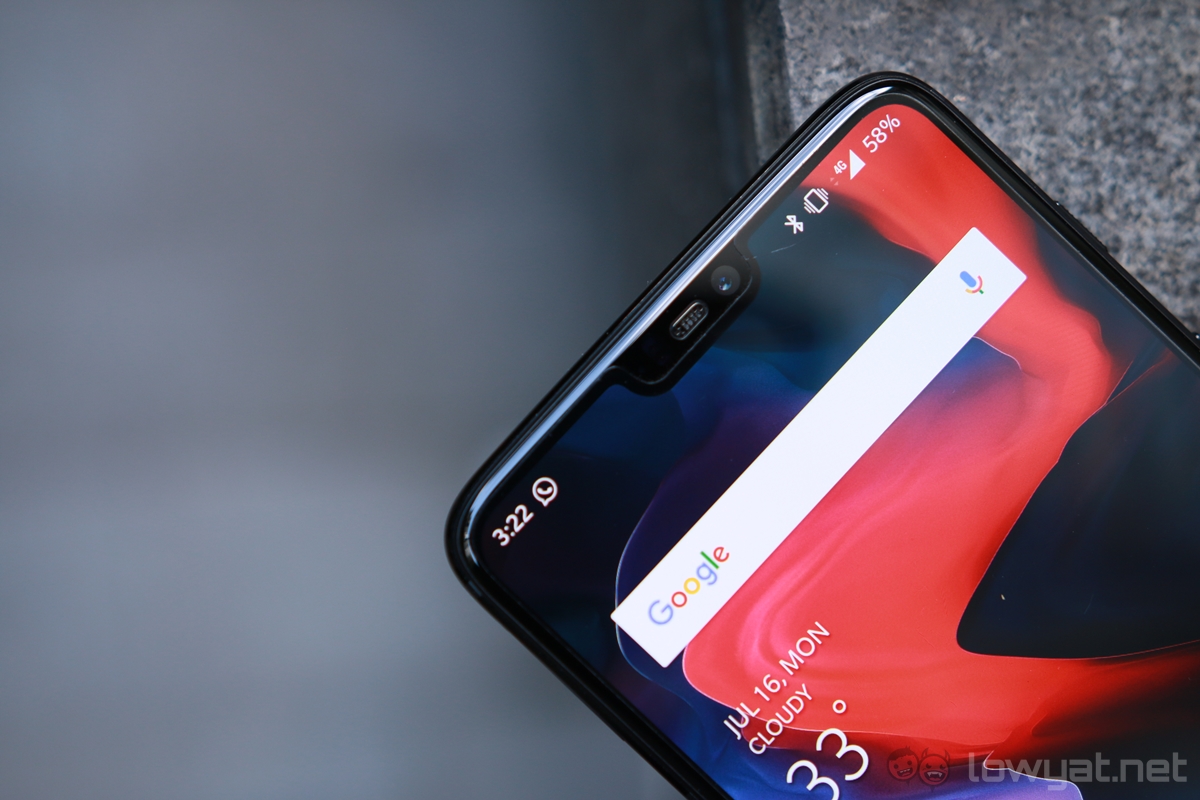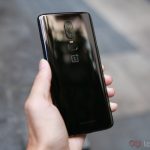Year after year, OnePlus releases commendable flagship smartphones with good value for money. This is pretty much unchanged with the OnePlus 6: it still gives decent bang for your buck, and it’s OnePlus’ best flagship smartphone to date.
However, the OnePlus 6 is still not the best phone in its class. But depending on how you look at it, that’s totally fine: it still has its own appeals that make it the best phone for certain folks.
Specifications
Not surprisingly, the OnePlus 6 comes with some of the best hardware in the market now. It has Qualcomm’s latest Snapdragon 845 chipset, a nice and vibrant 6.28-inch Full HD+ Optic AMOLED display, and generous RAM and storage capacities.
That being said, the OnePlus 6 does have a couple of missing features you would’ve expected to find on a flagship smartphone. The most notable one is the lack of any noteworthy IP rating – you can’t submerge the phone without risking permanently damaging the phone.
Design
Unlike its predecessor, the OnePlus 6 comes with a glass and metal construction, which looks and feels great. It gives the phone a nice heft (it’s weighs 177g), and the glass back is really nice to the touch. However, it’s also quite slippery, and I actually lost grip on the phone a couple of times throughout the review period.
Small bottom bezel gives the phone a truer “all-screen” design.
Aside from that, I’m quite a fan of the OnePlus 6’s front design too. Yes, it has a notch at the top, but you can easily hide it with a software trick. And what I particularly like is how minimal the bottom bezel is, giving the phone a much truer “all-screen” design than most devices in the market now – the Oppo Find X notwithstanding.
Naturally, the OnePlus 6’s rear fingerprint sensor is fast and accurate too. Despite its unconventional oval shape – most rear fingerprint sensors are rounded – I had no issues at all unlocking my phone with it. Oh, it’s also worth noting that this phone comes with a 3.5mm headphone jack.
Very odd speaker placement.
Speaking of which, while I love the inclusion of the 3.5mm port, I don’t understand why OnePlus decided to put the speaker grille at the bottom left of the phone. In landscape mode, I would almost always cover the speaker with my hand whenever I’m gaming or watching a video. Of course, I could turn the phone the other way around to solve this, but the odd speaker placement is still worth a mention.
As far as design go, the OnePlus 6 does pretty well in this regard. I love the minimal bezels of the phone – though some may take issue with the notched display – and despite the slippery nature of the glass back, it adds a premium touch.
User Experience
One of the main appeals of OnePlus devices is a refined software experience, and the same remains true for the OnePlus 6. Running on OxygenOS based on Android 8.1 Oreo out of the box, it feels largely like a refined version of stock Android. It is fast, zippy, and very responsive. In fact, it’s probably the fastest 2018 flagship I’ve tested so far – it just feels faster than the competition.
Refined software experience defines OxygenOS.
On top of that, OnePlus also added a number of useful features to OxygenOS. The Ambient Display shows me important information whenever I pick up the phone – though I wish it was an Always On Display instead – and the Screen Off Gestures are quite fun to use too.
I can, for example, draw a “W” when the OnePlus 6 is asleep to launch the camera – very convenient. The Face Unlock feature is fast and accurate too, and it is especially useful when I can’t reach for the rear fingerprint sensor.
Beyond software, the OnePlus 6 is absolutely incredible when it comes to performance. Gaming on it is simply a joy, and switching between different apps and multitasking feel fast and effortless. This level of performance shouldn’t come as a surprise: the Snapdragon 845 – along with OxygenOS’ refinement – is one capable chipset.
Incredible performance.
And then we have the OnePlus 6’s 6.28-inch 2280 x 1080 19:9 Optic AMOLED display. Thanks to the nature of OLED panels, the display’s black levels are very good, and colours are also vibrant. Basically, the OnePlus 6 has a great looking display befitting a flagship smartphone.
As for battery life, the OnePlus 6 is quite impressive too. On average, I can get at least five hours of screen on time with this phone. Considering the fact that the OnePlus 6 only has a 3,300mAh battery – pretty small compared to its other competition – this is pretty darn good battery life.
Fast charging on the OnePlus 6 is also very good, as expected. In our testing, the phone charged up to 57% within 30 minutes of charging. Not too shabby.
Not many phone makers can offer a software experience as refined as OxygenOS on the OnePlus 6, and that really defines the user experience of the phone. Couple that with excellent performance and good battery life, and you have a really pleasant to use daily driver.
Camera
OnePlus has always struggled to deliver excellent camera performance with its devices, and while this still applies to the OnePlus 6 (to a certain extent), it is by no means a horrible phone for photography. In fact, I’d argue it’s the best camera OnePlus has ever released.
The best camera OnePlus has ever released.
In daytime conditions, the OnePlus 6’s 16MP + 20MP dual-camera system can deliver sharp, flattering images, which is something most phones – especially flagships – can do nowadays. But what particularly impressed me was the camera’s low light performance. The interface is still very responsive in low light conditions, there’s no noticeable shutter lag, and the final images look very good too.
Without a doubt the OnePlus 6 has a great camera system, but so are its main competition. Compared to smartphones like the Samsung Galaxy S9+ and Huawei P20 Pro, the OnePlus 6 is not in the same league when it comes to photography. It’s still a very good performer, of course, but it’s not as good as other high-end, flagship smartphones.
Not class-leading camera performance.
But for what it’s worth, I thoroughly enjoyed photographing with the OnePlus 6. I especially love the simple, intuitive interface, and the general responsiveness of the camera app regardless of lighting condition.
Sample Images
Competition
The most affordable OnePlus 6 retails at RM2,399 for the 64GB model with 6GB of RAM, and the price goes up to RM2,799 and RM3,099 for the 128GB and 256GB variants – with more RAM at 8GB – respectively. It’s a wide price range, and the OnePlus 6 has quite a number of notable competition.
Samsung Galaxy S9+
Samsung’s Galaxy S9+ is easily one of the best flagship smartphones in the market now, and it has a number of advantages over the OnePlus 6. The S9+ has a better camera system, a sharper, more impressive-looking display, support for expandable storage, and an IP68 rating.
But in terms of pricing, the OnePlus 6 certainly has the upper hand. The most affordable Galaxy S9+ retails at a whopping RM3,799, while the OnePlus 6 only goes for RM2,399 for the same storage and RAM capacities. That’s a huge price difference, and even though prices for the Galaxy S9+ have gone down quite a bit since it was launched, the OnePlus 6 is still the more affordable option.
On top of that, you’re also getting a more stock version of Android with the OnePlus 6. Depending on how much you care about software experience, it may be the more attractive option over the Galaxy S9+.
Huawei P20 Pro
Huawei has come a long way since it entered the premium smartphone market in earnest a few years back, and the P20 Pro is an excellent flagship device. It has one of the best – if not the best – camera systems in the market now, it feels (and looks) more premium than the OnePlus 6, and it has a larger 4,000mAh battery along with IP67 rating.
In terms of pricing, you can now get the P20 Pro for as low as RM2,899. The equivalent OnePlus 6 variant with 128GB of storage, on the other hand, retails at RM2,799 – that’s RM100 less. It’s also worth noting that the OnePlus 6 has more RAM at 8GB, compared to the P20 Pro’s 6GB of RAM.
Given the slight price difference between the two, the P20 Pro may look like the better buy, but there are certain aspects of the phone that don’t quite stack up to the OnePlus 6. Software experience and refinement, for one, is much better on the OnePlus 6, not to mention slightly better performance level.
Conclusion
The OnePlus 6 is a very, very good flagship smartphone. It has great value for money, excellent software experience, a fast chipset, as well as commendable battery life. While it doesn’t have the absolute best camera performance in the market, its dual-camera system is still very good.
But OnePlus could’ve added more features to the OnePlus 6 to make it an even more impressive smartphone. Better water resistance is one thing, and it would’ve been great if it had a larger battery capacity for improved battery life. I would happily live with a slightly thicker phone if it means better longevity.
The best phone for those who value excellent software experience.
If you’re in the market for a good flagship smartphone with equally good value for money, the OnePlus 6 should definitely be in your consideration – especially if you value good software experience above all else.
Photography by Soh Li Jin.
Follow us on Instagram, Facebook, Twitter or Telegram for more updates and breaking news.


